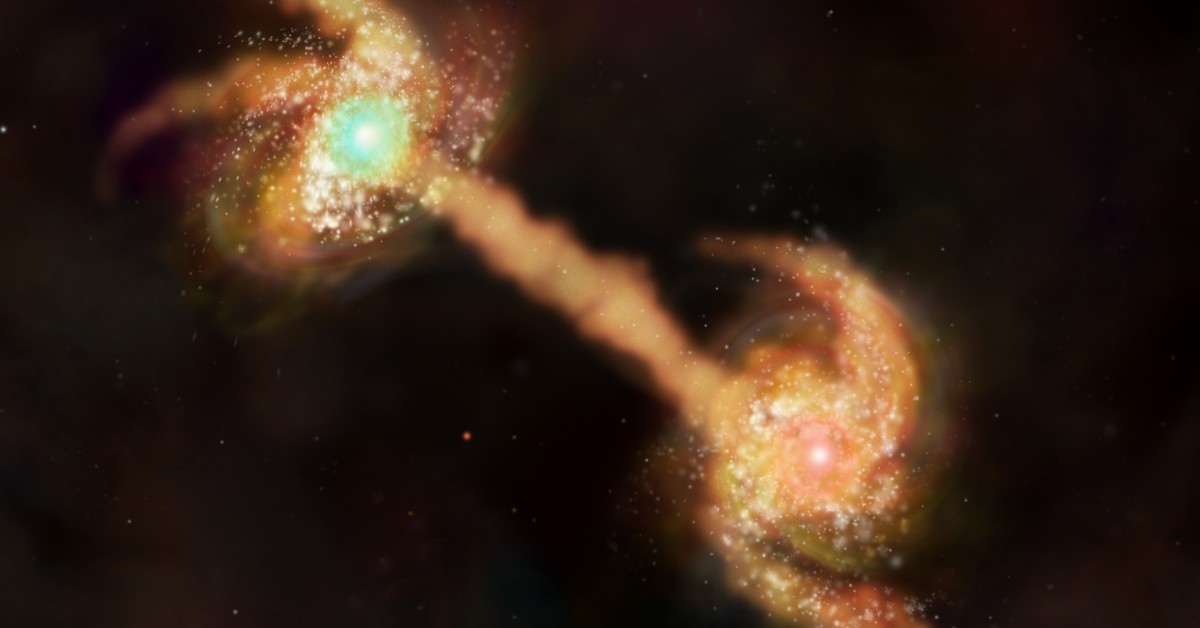Dark matter has long baffled scientists. It's believed to make up around 27% of the universe, yet we can't directly observe it, leading to a fascinating and controversial theory.
Standard Theory: Dark Matter Exists
The prevailing view is that dark matter is composed of elusive particles that don't interact with light or normal matter. This theory explains the observed gravitational effects on galaxies and galaxy clusters.
The Controversy Begins: Modified Gravity
Some scientists propose a different theory called Modified Newtonian Dynamics (MOND). They suggest that instead of dark matter, our understanding of gravity needs a tweak. MOND can explain galactic motion without the need for invisible matter.
Galactic Rotation Curves
One key argument for MOND is the rotation curves of galaxies. In the standard theory, we'd expect to see a drop in orbital speed as you move away from a galaxy's center. But many galaxies have flat rotation curves, which MOND can explain.
Lensing Controversy
Gravitational lensing, the bending of light by massive objects, is often cited as evidence for dark matter. However, some argue that MOND can also explain lensing effects without needing dark matter.
Galaxy Clusters
Galaxy clusters are another piece of the puzzle. The standard theory relies on dark matter to explain their observed mass and gravitational effects. MOND supporters say a modified gravity theory can account for these too.
Cosmic Microwave Background
The cosmic microwave background (CMB) provides strong evidence for the standard theory. It's the afterglow of the Big Bang. Critics argue that alternative theories like MOND can potentially accommodate the CMB data.What's your take on the dark matter controversy?
Standard Theory: Dark Matter Exists
The prevailing view is that dark matter is composed of elusive particles that don't interact with light or normal matter. This theory explains the observed gravitational effects on galaxies and galaxy clusters.
The Controversy Begins: Modified Gravity
Some scientists propose a different theory called Modified Newtonian Dynamics (MOND). They suggest that instead of dark matter, our understanding of gravity needs a tweak. MOND can explain galactic motion without the need for invisible matter.
Galactic Rotation Curves
One key argument for MOND is the rotation curves of galaxies. In the standard theory, we'd expect to see a drop in orbital speed as you move away from a galaxy's center. But many galaxies have flat rotation curves, which MOND can explain.
Lensing Controversy
Gravitational lensing, the bending of light by massive objects, is often cited as evidence for dark matter. However, some argue that MOND can also explain lensing effects without needing dark matter.
Galaxy Clusters
Galaxy clusters are another piece of the puzzle. The standard theory relies on dark matter to explain their observed mass and gravitational effects. MOND supporters say a modified gravity theory can account for these too.
Cosmic Microwave Background
The cosmic microwave background (CMB) provides strong evidence for the standard theory. It's the afterglow of the Big Bang. Critics argue that alternative theories like MOND can potentially accommodate the CMB data.What's your take on the dark matter controversy?



